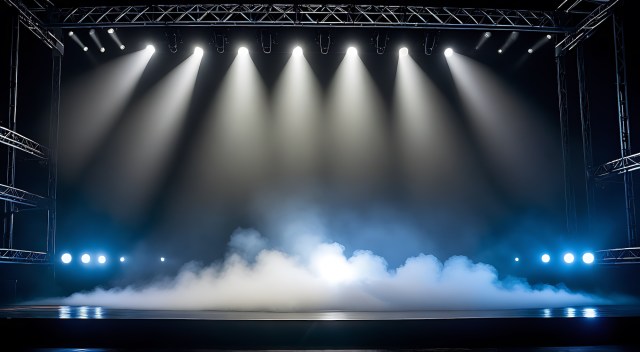
Have you ever watched a television show or a live event and marveled at the stunning visual effect of a glass floor? From reality shows to talk shows, glass floors have become increasingly popular in the world of television. But have you ever wondered how these mesmerizing visual effects are created and implemented? In this article, we will take you behind the scenes to uncover the secrets of how glass floors on TV are brought to life.
The Art of Illusion
Creating the illusion of a glass floor on TV requires careful planning and execution. It all starts with the concept design, where visual effects artists work closely with set designers to determine the desired look and feel of the glass floor. They consider factors such as lighting, camera angles, and overall aesthetics to ensure a seamless integration with the rest of the set.
Once the concept is finalized, it’s time for technical implementation. The first step is to create a physical platform that will support both actors and cameras. This platform is typically made from sturdy transparent materials such as plexiglass or tempered glass. Special attention is given to its structural integrity to ensure safety during filming.
Lighting Magic
One of the key elements in creating realistic-looking glass floors on TV is lighting. Proper lighting techniques play a crucial role in enhancing depth perception and adding realism to the illusion. By strategically placing lights underneath or around the edges of the glass floor, shadows can be created that mimic reflections or give an impression of depth.
To achieve optimal lighting effects, gaffers (lighting technicians) use a combination of different light sources, such as LED panels or spotlights, depending on the specific requirements of each scene. They carefully adjust intensity, color temperature, and angle to create an illusion that seamlessly blends with other elements on screen.
Camera Tricks
Capturing convincing shots of the glass floor requires skillful camera work and clever tricks. Camera operators and directors work closely together to find the best angles and movements that enhance the illusion of a glass floor. Low-angle shots from underneath the platform can give viewers a sense of looking up through a transparent surface, while overhead shots can create an aerial perspective.
In some cases, camera operators use mirror techniques to achieve specific visual effects. By placing a mirror at an angle underneath the glass floor, they can reflect the image of actors or objects on top of the platform, creating an illusion of transparency.
Post-Production Magic
The final piece of the puzzle in bringing glass floors to life on TV is post-production magic. Visual effects artists meticulously fine-tune each shot to ensure seamless integration of the glass floor with other elements in the scene. They use advanced compositing techniques to remove any unwanted reflections or imperfections captured during filming.
Furthermore, color grading is applied to match the overall aesthetic of the TV show or event. This process involves adjusting colors, contrast, and saturation levels to create a cohesive visual experience for viewers.
In conclusion, creating and implementing glass floors on TV is a collaborative effort that combines artistry, technical expertise, and meticulous attention to detail. From concept design to lighting magic, camera tricks, and post-production finesse, every step in this process contributes to crafting captivating visual illusions that leave audiences spellbound. So next time you watch your favorite TV show with a stunning glass floor effect, you’ll have a deeper appreciation for all the behind-the-scenes artistry that goes into making it happen.
This text was generated using a large language model, and select text has been reviewed and moderated for purposes such as readability.






